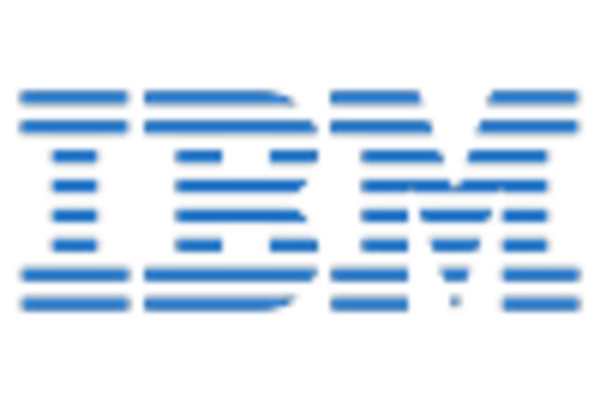Expansion of Edge Computing
The rise of edge computing is reshaping the landscape of the Data Center Support Infrastructure Market. As organizations seek to process data closer to the source, the demand for edge data centers is surging. This trend is driven by the need for low-latency processing and real-time data analytics, particularly in sectors such as IoT and autonomous vehicles. The edge computing market is projected to grow significantly, with estimates suggesting it could reach USD 15 billion by 2025. This expansion necessitates the development of specialized infrastructure to support edge computing capabilities, thereby influencing the Data Center Support Infrastructure Market. As businesses increasingly adopt edge solutions, the market is likely to see a shift in focus towards decentralized infrastructure, which could redefine traditional data center models.
Growing Cybersecurity Concerns
As cyber threats become more sophisticated, the importance of robust cybersecurity measures in data centers cannot be overstated. The Data Center Support Infrastructure Market is experiencing a surge in demand for enhanced security solutions to protect sensitive data. Organizations are increasingly investing in advanced security technologies, including firewalls, intrusion detection systems, and encryption methods. The Data Center Support Infrastructure is projected to reach USD 345 billion by 2026, indicating a strong correlation with the growth of the Data Center Support Infrastructure Market. This heightened focus on security is not only driven by regulatory compliance but also by the need to maintain customer trust. As a result, data centers are likely to prioritize the integration of comprehensive security frameworks, which will further stimulate market growth.
Rising Demand for Data Storage
The increasing volume of data generated by businesses and consumers drives the need for robust data storage solutions. As organizations continue to adopt digital transformation strategies, the Data Center Support Infrastructure Market experiences heightened demand for efficient storage systems. According to recent estimates, the data generated globally is expected to reach 175 zettabytes by 2025, necessitating advanced infrastructure to manage this influx. This trend compels data centers to invest in scalable storage solutions, thereby propelling the growth of the Data Center Support Infrastructure Market. Furthermore, the shift towards cloud computing and big data analytics further amplifies the need for reliable data storage, as companies seek to harness insights from vast datasets. Consequently, the market is likely to witness significant investments in storage technologies, enhancing the overall infrastructure capabilities.
Adoption of Hybrid Cloud Solutions
The shift towards hybrid cloud solutions is transforming the Data Center Support Infrastructure Market. Organizations are increasingly adopting hybrid models to leverage the benefits of both public and private clouds, allowing for greater flexibility and scalability. This trend is supported by the growing need for data sovereignty and compliance with local regulations. The hybrid cloud market is expected to grow at a compound annual growth rate of over 22% through 2025, reflecting the increasing preference for hybrid solutions. As businesses seek to optimize their IT infrastructure, the demand for data center support that accommodates hybrid environments is likely to rise. This evolution may lead to significant investments in infrastructure that can seamlessly integrate various cloud services, thereby enhancing the overall capabilities of the Data Center Support Infrastructure Market.
Increased Focus on Energy Efficiency
Energy efficiency has emerged as a critical concern for data centers, given their substantial energy consumption. The Data Center Support Infrastructure Market is witnessing a shift towards energy-efficient solutions as organizations aim to reduce operational costs and minimize their carbon footprint. Reports indicate that data centers account for approximately 2% of global electricity consumption, prompting stakeholders to seek innovative technologies that enhance energy efficiency. This includes the adoption of advanced cooling systems, energy-efficient hardware, and renewable energy sources. As regulatory frameworks increasingly emphasize sustainability, the demand for energy-efficient infrastructure is expected to grow. Consequently, investments in energy-efficient technologies are likely to drive the Data Center Support Infrastructure Market, as companies strive to align with environmental standards while optimizing performance.

















Leave a Comment